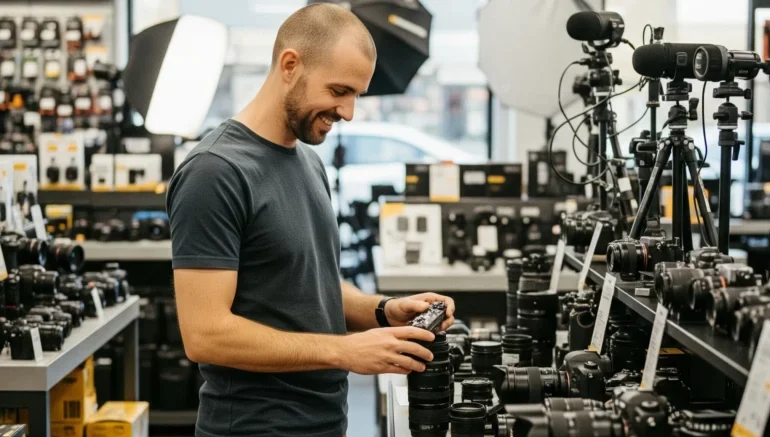
10 Tips for Buying Camera Gear That Fits Your Style and Budget
- Choose versatile lenses first (e.g., 24–70mm, 35mm).
- Fast prime lenses are excellent for portraits.
- Consider used lenses from dependable sellers.
- Pay attention to material strength and focus speed.
- Evaluate before you buy, if possible.
Invest in Durable, Long-Lasting Gear
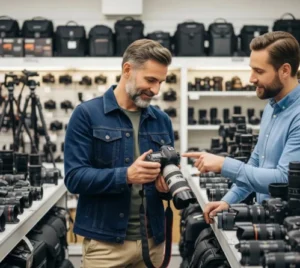 Photography often happens in unpredictable settings. Rain, dust, extreme heat, or cold can damage your gear. That is why it is important to choose equipment that is built to last.
Photography often happens in unpredictable settings. Rain, dust, extreme heat, or cold can damage your gear. That is why it is important to choose equipment that is built to last.
Strength becomes especially important for outdoor and travel photographers. If sealing, solid construction, and metal mounts are key features to look for in both lenses and camera bodies.
How to choose durable gear:
- Look for magnesium alloy or strong polycarbonate bodies.
- Choose weather-sealed gear if you shoot outdoors.
- Choose gear from brands known for consistent performance.
- Invest in a protective bag and lens filters.
- Check user reviews for proven long-term use.
Do not Overload Your Gear Bag
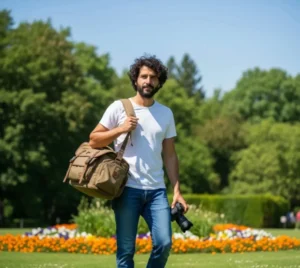 Having too much gear can weigh you down genuinely. Overpacking not only slows you down during shoots but also adds stress and clutter. It is better to have a compact, well-chosen kit than a bag full of rarely used equipment.
Having too much gear can weigh you down genuinely. Overpacking not only slows you down during shoots but also adds stress and clutter. It is better to have a compact, well-chosen kit than a bag full of rarely used equipment.
Build your collection slowly and thoughtfully. Stick with a few well-made items on which you can rely. This approach keeps your gear manageable and your shooting process more focused.
Streamlining your gear:
- Avoid duplication, do not buy two lenses with similar focal lengths.
- Carry what you truly use on every shot.
- Pack based on your shoot type (portrait, travel, etc.).
- Reassess your kit every few months.
- Sell or trade unused items to fund future purchases.
Make Sure It Works with Your Gear
 When buying your first piece of camera gear, think long-term. You are investing not just in a single item but in an entire system lens, flashes, batteries, mounts, and more. Make sure the system you choose has room to grow with your needs.
When buying your first piece of camera gear, think long-term. You are investing not just in a single item but in an entire system lens, flashes, batteries, mounts, and more. Make sure the system you choose has room to grow with your needs.
Stick to brands with wide ecosystems and solid third-party support. Later, switching systems can be expensive and frustrating. Choose a brand that gives you user-friendly setup, future upgrade options, and works well with other gears.
Smart system planning:
- Verify support before buying new lenses or accessories.
- Choose brands with active third-party lens support.
- Avoid niche brands unless you are fully committed.
- Make sure accessories like batteries and triggers are widely available.
- Think about future upgrades like full-frame sensors or pro lenses.
Evaluate Gear Before You Commit
You can also borrow gear from friends or try it out in-store. Direct testing reveals things like weight, grip comfort, button layout, and real shooting performance factors that spec sheets do not always get.
Where to evaluate:
- Rent from a local camera store or online rental service.
- Visit camera expos or trade shows.
- Assess demo units in authorized retail stores.
- Borrow gear from a friend or colleague.
- Join a local photo walk or workshop with rental options.
Focus on Long-Term Value
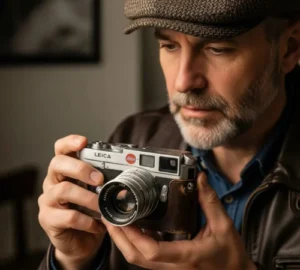 Choose gear that grows with you. Avoid “cheap now, replace later” decisions. Instead, aim to develop a reliable kit slowly each piece adding lasting value.
Choose gear that grows with you. Avoid “cheap now, replace later” decisions. Instead, aim to develop a reliable kit slowly each piece adding lasting value.
How to think long-term:
- Choose gear trusted by many and with resale value.
- Avoid one-trick gear with limited use.
- Think ahead to your next photography goal or project.
- Upgrade only when you outgrow your current gear.
- Keep your kit simple and scalable.
Conclusion
Choosing the right camera gear that fits your style is one of the smartest ways to improve your photography. With a clear plan, you can avoid spending too much, keep your gear organized, and build a kit that truly supports your goals. It is not about having the most expensive gear it is about having the right tools for your style and how you work. When every piece of gear has a purpose, your shots become easier and more focused. A simple, well-chosen setup helps you work better and get better results. Do not just buy the latest thing, take time to learn what works for you. Over time, you will build a camera kit that feels right and grows with you. That confidence can make a significant difference in your photography journey.
Read Next: 5 Benefits of Professional E-Commerce Product Photography
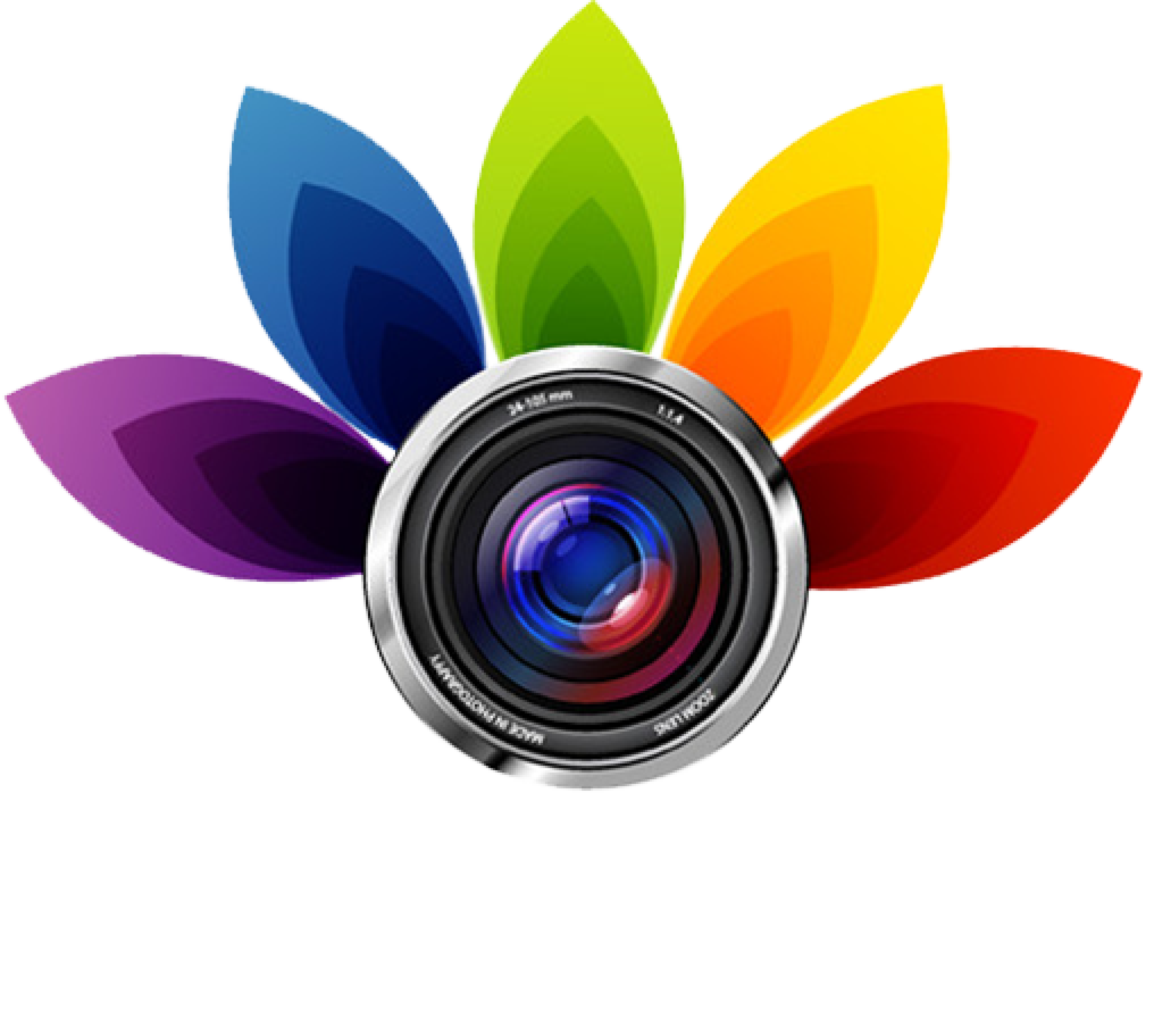

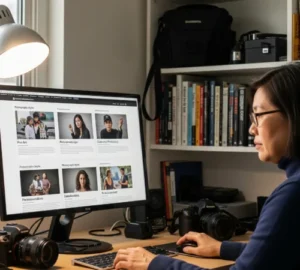 Before you dive into buying camera gear, it is important to understand your photography style. Unique styles, like portrait photography, landscape photography, or street photography, have different gear requirements. For example, if you enjoy taking wide landscapes, you will need a camera with a high-resolution sensor and a wide-angle lens. On the other hand, portrait photographers typically prefer lenses with a wide aperture for beautiful background blur (bokeh) and cameras that perform well in low light.
Before you dive into buying camera gear, it is important to understand your photography style. Unique styles, like portrait photography, landscape photography, or street photography, have different gear requirements. For example, if you enjoy taking wide landscapes, you will need a camera with a high-resolution sensor and a wide-angle lens. On the other hand, portrait photographers typically prefer lenses with a wide aperture for beautiful background blur (bokeh) and cameras that perform well in low light. Setting a budget for your camera gear that fits your style is important to avoid overspending, but it does not mean you have to settle for poorly made. The best camera gear is not always the most expensive. Many mid-range products offer excellent performance for much less.
Setting a budget for your camera gear that fits your style is important to avoid overspending, but it does not mean you have to settle for poorly made. The best camera gear is not always the most expensive. Many mid-range products offer excellent performance for much less. When buying gear, it is easy to be tempted by trendy features like touchscreen displays, built-in filters, or AI autofocus systems. But those features are not always necessary, especially if they do not align with your photography goals.
When buying gear, it is easy to be tempted by trendy features like touchscreen displays, built-in filters, or AI autofocus systems. But those features are not always necessary, especially if they do not align with your photography goals.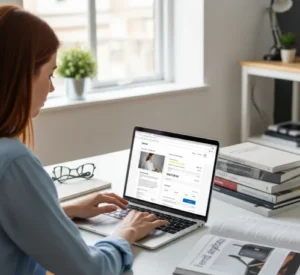 Doing your homework can save you time, money, and frustration. Before buying, spend time reading reviews, watching video demonstrations, and asking other photographers for feedback.
Doing your homework can save you time, money, and frustration. Before buying, spend time reading reviews, watching video demonstrations, and asking other photographers for feedback. Lenses are just as important if not more than the camera body. They shape your
Lenses are just as important if not more than the camera body. They shape your


